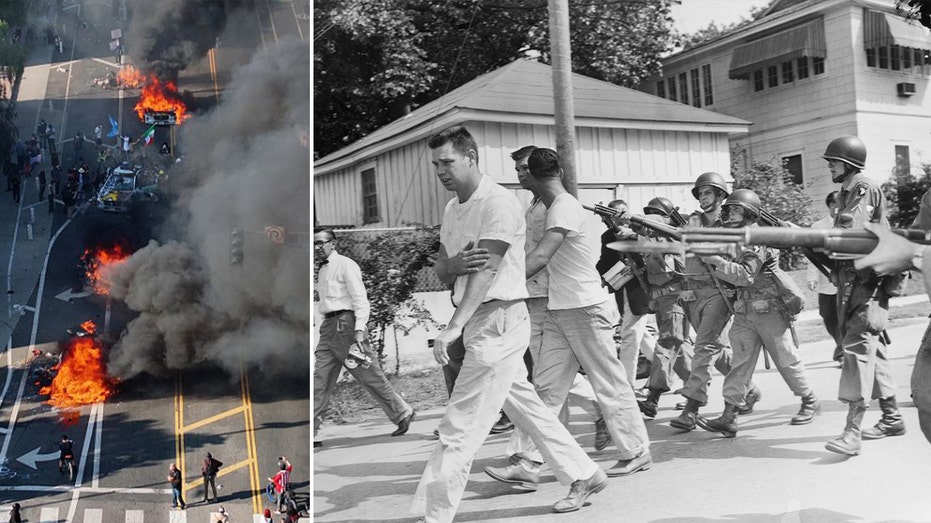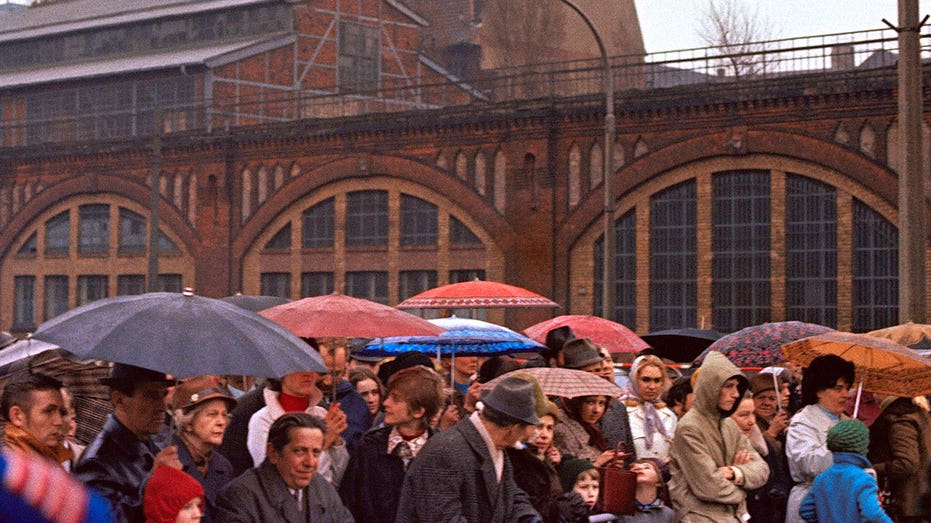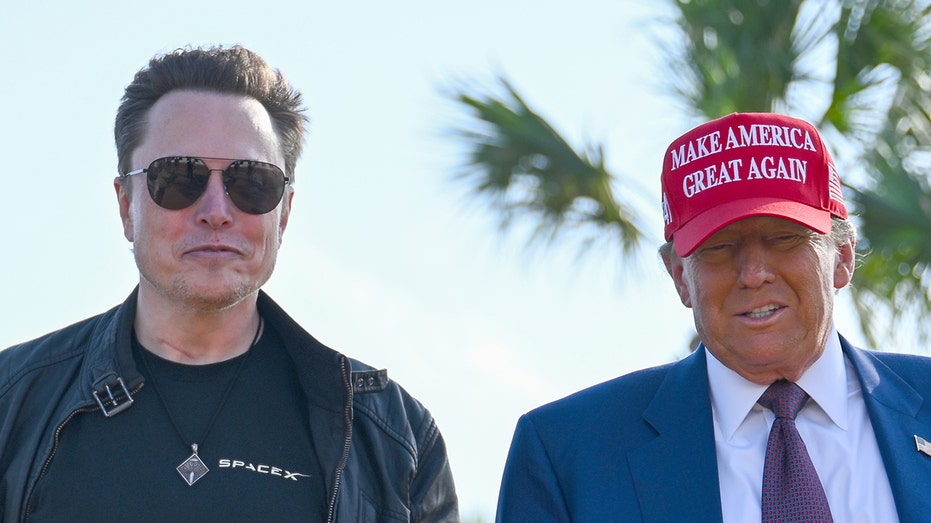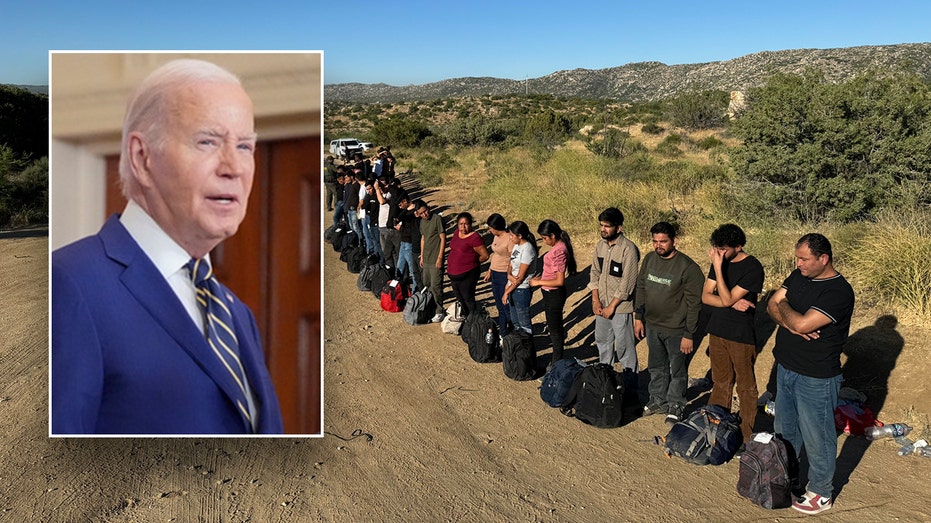President Donald Trump drew sharp criticism from Democrats when he mobilized U.S. Marines to Los Angeles in response to anti-immigration enforcement riots.
The battalion of about 700 Marines has stationed itself near the city, ready to respond but has not yet done so. If called in, they will be armed with shields and batons but will not have the authority to arrest.
The move, while rare, is not without precedent. Under the Insurrection Act, presidents have historically deployed active duty forces during moments of national emergency – despite long-standing legal restrictions under the Posse Comitatus Act.
Here is a look back at key moments when commanders in chief ordered troops into American cities to restore order.
TOM COTTON PUSHES NEW CRACKDOWN ON PRO-IMMIGRATION RIOTERS IN LOS ANGELES, CITING ICE ASSAULTS
After a jury acquitted four LAPD officers in the brutal beating of Rodney King, riots erupted across Los Angeles. The chaos prompted then-California Gov. Pete Wilson to request federal assistance.
Then-President George H.W. Bush invoked the Insurrection Act, deploying 4,000 U.S. Army soldiers and 1,500 Marines in addition to National Guardsmen. The riots left more than 60 people dead, thousands injured and large swaths of the city burned.
Bush condemned the violence in a televised address.
“What followed Wednesday’s jury verdict in the Rodney King case was a tragic series of events… nearly 4,000 fires, staggering property damage, hundreds of injuries, and the senseless deaths of over 30 people.”
A notable incident underscored the challenges of military-civilian coordination. During a tense exchange, a police officer reportedly yelled “Cover me!” to nearby Marines, asking them to watch his back during a domestic disturbance response. Trained in combat response, they misunderstood the command and fired over 200 rounds into a house, believing they were providing covering fire, according to an article printed in an Army War College publication.
The assassination of Dr. Martin Luther King Jr. sparked violent unrest in dozens of U.S. cities. The most intense rioting took place in the nation’s capital.
Then-President Lyndon B. Johnson deployed 13,000 federal troops, including active duty Army units, to Washington, D.C., on April 5, 1968. Soldiers patrolled streets, enforced curfews and restored calm within days.
One of the most violent civil disturbances in U.S. history broke out after a police raid on an unlicensed bar in Detroit. The five-day riot left 43 dead, more than 1,000 injured and 400 buildings destroyed.
Then-Michigan Gov. George Romney called in 8,000 National Guardsmen. Johnson followed by deploying 4,700 federal troops from the 82nd and 101st Airborne Divisions to support overwhelmed local forces.
POSSE COMITATUS ACT AT CENTER OF TRUMP-NEWSOM NATIONAL GUARD DISPUTE IN LA
Three years after Brown v. Board of Education declared segregation in public schools unconstitutional, nine Black students attempted to enroll at Little Rock Central High School in Arkansas.
Then-Gov. Orval Faubus ordered the Arkansas National Guard to block their entry. In response, then-President Dwight D. Eisenhower federalized the Guard, ordering them instead to protect the children and quell unrest around the school, and dispatched the 101st Airborne Division to escort the students safely into school. It marked the first time since Reconstruction that federal troops were sent to enforce civil rights.
CLICK HERE TO GET THE FOX NEWS APP
During the Civil War, the Union’s first draft law allowed wealthy men to pay $300 to avoid military service—sparking resentment among working-class Irish immigrants.
The protests quickly descended into four days of racially charged riots, with mobs targeting Black Americans and overwhelming local police. Then-President Abraham Lincoln redirected battle-hardened Union troops from Gettysburg, Pennsylvania, to quell the violence.




